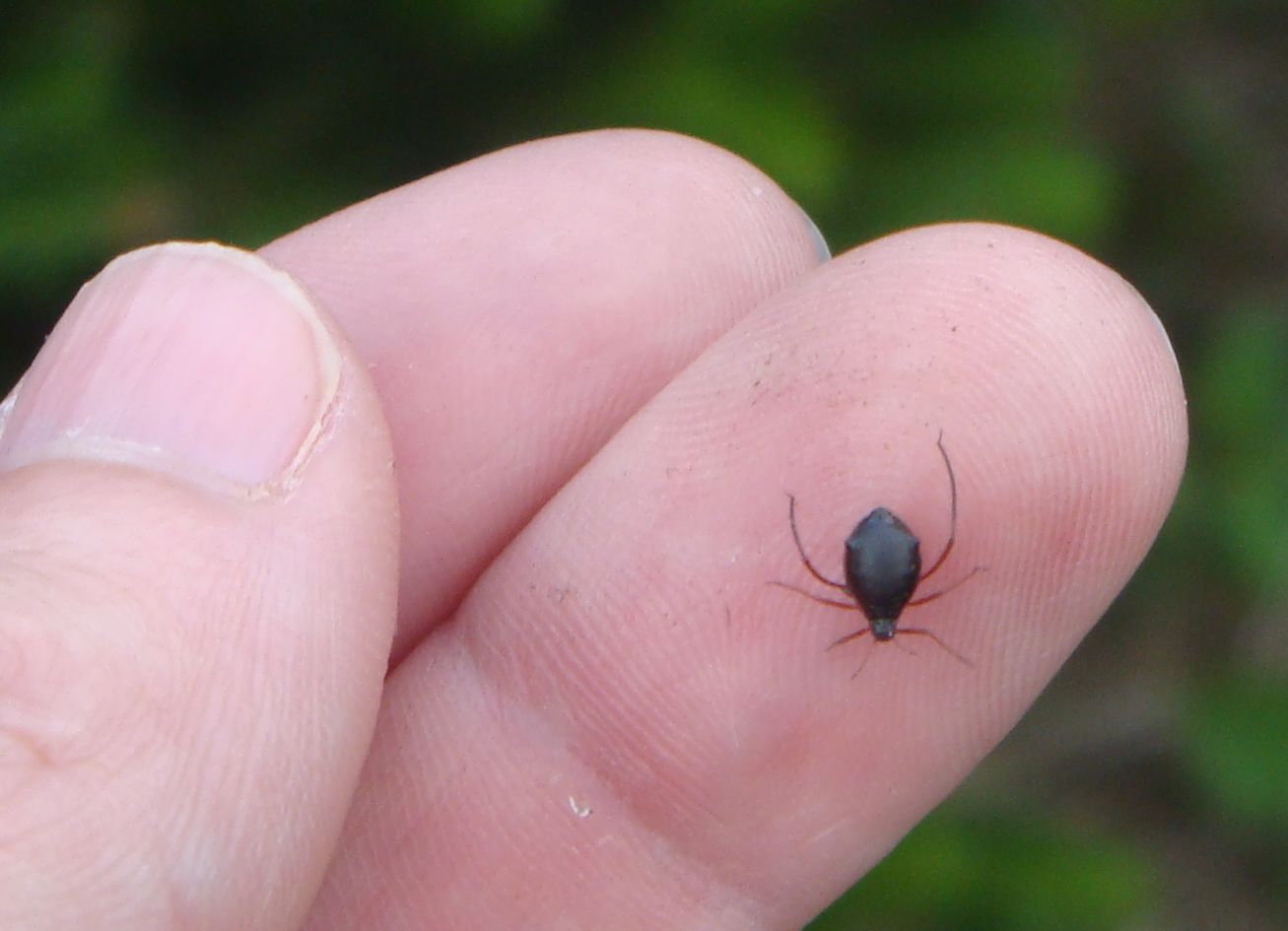Christmas Tree Care
go.ncsu.edu/readext?639530
en Español / em Português
El inglés es el idioma de control de esta página. En la medida en que haya algún conflicto entre la traducción al inglés y la traducción, el inglés prevalece.
Al hacer clic en el enlace de traducción se activa un servicio de traducción gratuito para convertir la página al español. Al igual que con cualquier traducción por Internet, la conversión no es sensible al contexto y puede que no traduzca el texto en su significado original. NC State Extension no garantiza la exactitud del texto traducido. Por favor, tenga en cuenta que algunas aplicaciones y/o servicios pueden no funcionar como se espera cuando se traducen.
Português
Inglês é o idioma de controle desta página. Na medida que haja algum conflito entre o texto original em Inglês e a tradução, o Inglês prevalece.
Ao clicar no link de tradução, um serviço gratuito de tradução será ativado para converter a página para o Português. Como em qualquer tradução pela internet, a conversão não é sensivel ao contexto e pode não ocorrer a tradução para o significado orginal. O serviço de Extensão da Carolina do Norte (NC State Extension) não garante a exatidão do texto traduzido. Por favor, observe que algumas funções ou serviços podem não funcionar como esperado após a tradução.
English
English is the controlling language of this page. To the extent there is any conflict between the English text and the translation, English controls.
Clicking on the translation link activates a free translation service to convert the page to Spanish. As with any Internet translation, the conversion is not context-sensitive and may not translate the text to its original meaning. NC State Extension does not guarantee the accuracy of the translated text. Please note that some applications and/or services may not function as expected when translated.
Collapse ▲Christmas trees are a holiday tradition that reminds us of past experiences and symbolizes hope for a new year. In North Carolina, Christmas trees provide a valuable addition to our economy, with North Carolina producing 26% of all the Real Christmas Trees in the U.S., the second-largest producer in the U.S. From approximately 38,000 acres of Christmas trees across the state, more than a dozen varieties are grown (Fir, Spruce, Pine, Arborvitae, etc.), with our native Fraser Fir the most popular.
So, what can we do to help protect this valuable holiday symbol and significant investment?
- Best Advice – just ADD WATER. A Fraser Fir has the potential to last 4-6 weeks when displayed in water and 3-4 weeks when displayed dried.
- To prepare your Christmas tree for display, make a straight fresh cut and remove approximately one-half inch of material from the base of the tree before placing the tree in the stand.
- Use a stand that will hold a gallon of water or more. Check the water level often and keep the stand full. A tree may take up a gallon of water in the first 24 hours and a quart each day after that. Preservatives are not needed, just plenty of fresh water.
- Place trees away from heat sources, heating vents, fireplaces, wood stoves, radiators, and sunny windows. These sources can dry out foliage and can create fire hazards.
In some rare cases, Christmas Trees can bring along unwanted hitchhikers such as Cinara aphids or spider mites. These insects are rarely a problem, but can sometimes arrive in large enough numbers to create concern. Give the tree a good shake outside and rinse the tree with a garden hose. This can help to dislodge pests and loose needles, and reduce dust or pollen. If you notice insect pests when the tree is displayed, use a vacuum to carefully remove these insects. If the insect problem is significant, a return trip for a replacement tree might be needed. The application of an insecticide is rarely needed, but insecticidal soap is an option. However, thorough coverage is needed, which will be almost impossible once the tree is decorated. Try to avoid smashing insects that fall from trees. Most will leave an unsightly dark stain.
If you would like to learn more about Christmas trees and their production, please visit the NC State University Christmas Tree Portal
To locate a Christmas tree farm, visit the NC Farm Fresh Website or the NC Christmas Growers Association Website





